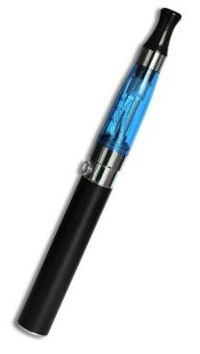E Liquid Analysis
 E Liquid and Electronic Cigarette Analysis
E Liquid and Electronic Cigarette Analysis
The supply and demand of E liquids has exploded in the last few years as demand for electronic cigarettes has increased. LPD Lab Services has provided expert analysis of e-liquids, electronic cartridges and cartomizers for manufacturers, retailers and various trading standards bodies since 2008.
To meet the growing demand for more detailed analysis, LPD Lab Services has recently purchased a state-of-the art GC-MS system from Agilent, which comes with one of the latest databases (NIST 11) to help identify chemicals in e-liquids.
LPD currently offer a range of testing options. These include:
1. Nicotine Assay – Quantitative Analysis
This calibrated method will determine the nicotine content of a product by HPLC (high performance liquid chromatography) or by GC (gas chromatography). This is important to confirm the concentration of nicotine and confirm liquids are of the correct strength, This will confirm that any labelling is correct under the CHIP regulations.
2. Basic GC-MS Evaluation - Qualitative Analysis
This is a basic qualitative evaluation of the chemical species in an e-liquid. Recent testing of some products has revealed a wide array contaminant chemicals. Examples include phthalates, siloxanes, diethylene glycol, halogenated chemicals, brominated chemicals, and other chemicals related to propylene glycol impurities.
3. GC-MS & Hazard Evaluation
This is the same as option 2, but additionally the hazards associated with each chemical identified are identified.
Further Options
As the components in an e-liquid can vary significantly between different manufacturers, a semi-quantitative GC-MS method can be developed to estimate the concentration of each chemical component. This could be used to provide an estimate of the concentration of volatile chemical species in any e-liquid. If required, a quantitative GC-MS method can also be developed for specific species.
For more information call now and speak to one of our experts.

